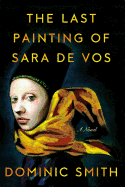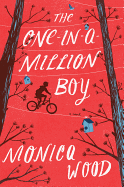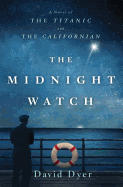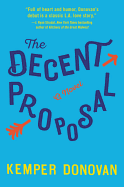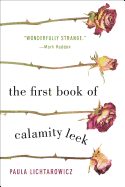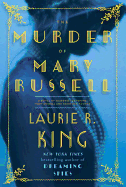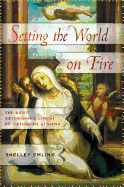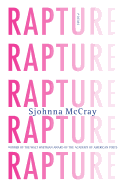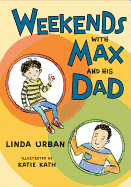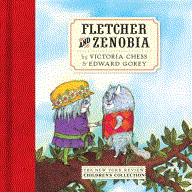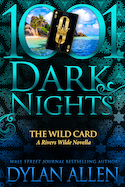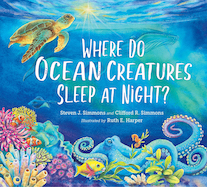.jpg) |
| photo: Kelly Campbell |
Steve Berry is the bestselling author of 15 novels; his latest is The 14th Colony, a Cotton Malone thriller that revolves around a fatal flaw in the U.S. presidential succession act (see our review below). His books have been translated into 40 languages, with 20 million copies in 51 countries. Berry was a trial lawyer for 30 years and held elective office for 14 of those years. He is a founding member of International Thriller Writers and created--with his wife, Elizabeth--History Matters, a foundation dedicated to historic preservation. In 2012 and 2013, Berry's historic preservation work was recognized by the American Library Association, which named him spokesperson for National Preservation Week.
What inspired your love of history?
I've had a love of history going all the way back to elementary school. It's always been there. The very first adult fiction book I ever read was Hawaii by James Michener--it hooked me as a way to weave history into fiction to tell a story that is mostly real but some imagined. And hopefully always entertaining. Michener is my favorite writer. I read all of his stuff and began to get a much greater awareness that "this is what I like to read." You write what you love--that's what you should always do, write what you love. I love action, history, secrets, conspiracies, international settings; when I started writing, I naturally gravitated straight to that.
When you first started, though, you were writing what you were doing.
The very first manuscript I ever wrote was a legal thriller, back in 1990/1991; legal thrillers were really big then. I was a lawyer, so it was easy for me to put that story together. But writing what you know is very bad advice. Instead, you should always write what you love. I realized very quickly that I liked action, history, secrets, conspiracies and international settings so I immediately switched and started writing those types of stories. Over the years as I've been published and built up a readership, I carved out a little niche for myself. These stories are about 90% accurate; I trip it up about 10%, and I try to keep it as close to reality as I possibly can.
How do you decide where to smudge things?
I have to keep in mind at all times that I'm not writing a history book; I'm writing a book to entertain people. So I'm very careful about keeping it as close as I can, but there always comes that point where I have to twist it up to keep the book entertaining and exciting. And that's why I have the writer's note in the back--I think it's only fair to tell you where I've done that.
How did The Da Vinci Code help you in the publishing process?
Well, it's how I got published; Da Vinci brought the international suspense genre back to life. It had died in the 1990s because of the end of the Cold War. The genre didn't come back as a spy novel, thank goodness, it came back as action, history, secrets, conspiracies and international settings, which is exactly what I was writing. So I was in the right place at the right time on my 86th attempt. I had had 85 rejections up to that point and finally Random House bought me. Da Vinci did so well, it reignited everything and I got to ride along with that.
.jpg) What kept you going through those 85 rejections?
What kept you going through those 85 rejections?
It's the little voice in your head. It keeps you driving forward and sticking with it. And that little voice just kept plugging along, and I kept listening to it. If I didn't write, the little voice would drive me up a wall--just nag me to death. So I wrote to keep it quiet. Sure, 85 rejections was tough, there's no question. And I'm not superhuman, I actually quit three times during that process, but each time the little voice would drive me back. So I just stuck with it until one day I caught a break. The world changed and life was good.
What goals do you still have after 15 novels?
With each book I try to do something new and different that I haven't done before, something that pushes me just a little bit, makes the book a little more challenging, a little more interesting. Some new technique or some new plotting mechanism or something I do that I've never done before. And when I finish, if I don't say to myself, "That's the best thing I've ever written," then there's a problem with it. You never get perfect at it, you never get great at it, you can only hope to get a little bit better than you were yesterday. And if you can do that, you've achieved something. I feel that way when I'm done with something. The readers may not agree and may not like story, but for me, from my standpoint, when I hand that manuscript over I can say it's the best I've ever done.
This is the 11th Cotton Malone novel; what do you do to keep things fresh for both you and your readers?
I like Cotton. I enjoy visiting with him. My books are very different because they deal with something extremely different from history, but all of my books are the same because they have similar characters and similar things in them. That's the trick of writing a series--every book has to be the same but different. I'm very fortunate that I deal with different parts of history each time, so the adventures are diverse. I've changed up Cotton's world somewhat. There are things that have happened, things that have gone good and bad, new characters have come in, others have gone out. I've kept the world a little fresh and I keep things interesting for him. I have some plans for him over the next three years that will add some new freshness to it.
The Society of Cincinnati is one of those interesting things that come into play in The 14th Colony.
The city of Cincinnati, Ohio, was named for them. It was founded by a society member who wanted other society members to come out and settle there. I came across the society in some research a few years ago and bought a book about it that the society itself puts out and realized I could work these guys into a novel. They are the oldest fraternal organization in America and they are homegrown; it's a hereditary organization, which is fascinating for this country. And it still exists. I've given them a little fictional twist. I hope they'll enjoy being part of the novel.
Another element of The 14th Colony is a flaw in the Constitution. Does your legal background draw you to this type of subject?
I'm fascinated with Constitutional law; I always have been. I've been very fortunate in the novels to be able to explore some flaws in the Constitution. So yes, I consciously made an effort to write stories about them and I wanted to do those as quickly as I could before someone else grabbed them. I've explored about every flaw now. I'm doing one more in 2017, and after that I've used them all up. My legal background helped to explore those Constitutional anomalies and in this case, it's a really big one: What happens if the president-elect and vice-president-elect both die before taking the oath of office? There is a serious flaw in our law that has never been plugged, and it's still sitting there now today.
And it's well timed with this election year.
That was not unintentional. I had the plot idea, but I did the other flaws first and waited to do The 14th Colony in 2016 because it would be more timely now. It's a little bit of a technical issue that most people don't know even exists, so this one was one I doubted anyone would grab ahold of because you've got to really be a Constitutional geek to get into this. But I was aware of this for a long time, and I knew it'd make a good novel. --Jen Forbus of Jen's Book Thoughts
Steve Berry: Listening to the Little Voice
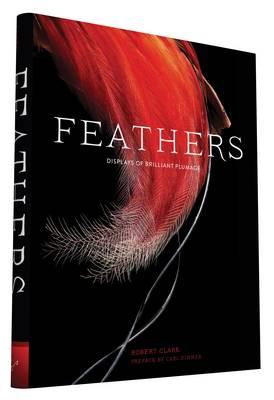 Feathers are considered the most complex body-protection structures found in vertebrates, and are among the most breathtaking. National Geographic photographer Robert Clark shows off their stunning beauty and complexity in Feathers: Displays of Brilliant Plumage (Chronicle, $29.95). The close-up of the mating-season wing feather of the Great Argus (Malaysia), shows leopard-like spots (ocelli) above and below a deep blue shaft, with a band of yellow and black above small white spots on an orange background. The King Bird-of-Paradise (Papua New Guinea) sports a pair of "tail wires" that swirl into a green lollipop. Male Birds-of-Paradise perform elaborate and dazzling dances to attract mates, abetted by almost-profligate plumage.
Feathers are considered the most complex body-protection structures found in vertebrates, and are among the most breathtaking. National Geographic photographer Robert Clark shows off their stunning beauty and complexity in Feathers: Displays of Brilliant Plumage (Chronicle, $29.95). The close-up of the mating-season wing feather of the Great Argus (Malaysia), shows leopard-like spots (ocelli) above and below a deep blue shaft, with a band of yellow and black above small white spots on an orange background. The King Bird-of-Paradise (Papua New Guinea) sports a pair of "tail wires" that swirl into a green lollipop. Male Birds-of-Paradise perform elaborate and dazzling dances to attract mates, abetted by almost-profligate plumage..jpg) The wing spread of the Lesser Snow Goose (North America)--white feathers overlaying black--is classically graceful, icily elegant. The plumage of the Superb Starling of Eastern Africa is a fan of velvety, shimmery blue-green. Ostrich feathers are useless except for balance when running; in Clark's image, they look like an Afghan's airy coat, while the chick's feathers are thistledown. The Palm Cockatoo (New Guinea) is a mysterious dusky, smoky gray with a bit of red on its cheek. The Gray Junglefowl (India) resembles a common chicken except for the gold and black paper-thin crest that resembles a spray of overlapping paintbrushes.
The wing spread of the Lesser Snow Goose (North America)--white feathers overlaying black--is classically graceful, icily elegant. The plumage of the Superb Starling of Eastern Africa is a fan of velvety, shimmery blue-green. Ostrich feathers are useless except for balance when running; in Clark's image, they look like an Afghan's airy coat, while the chick's feathers are thistledown. The Palm Cockatoo (New Guinea) is a mysterious dusky, smoky gray with a bit of red on its cheek. The Gray Junglefowl (India) resembles a common chicken except for the gold and black paper-thin crest that resembles a spray of overlapping paintbrushes.





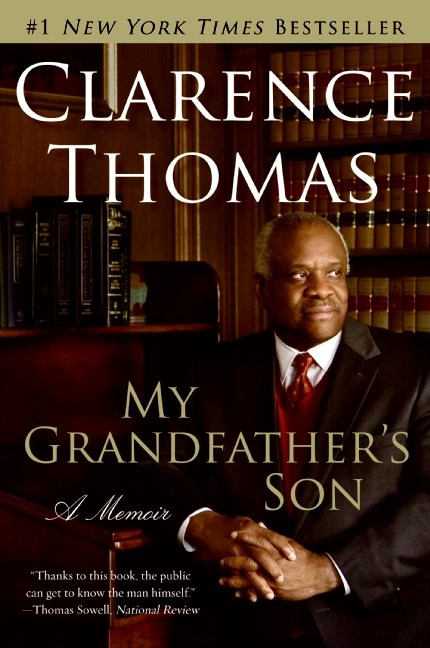
.jpg)
.jpg) What kept you going through those 85 rejections?
What kept you going through those 85 rejections?